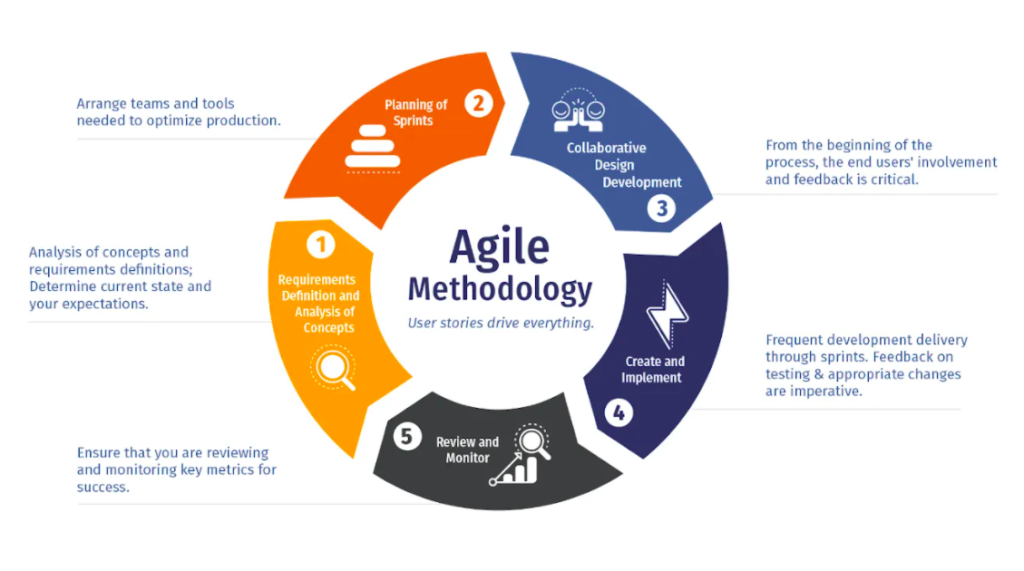Businesses need to be able to adapt to the ever-changing world and satisfy the needs of their clients. In other words, they need to be agile.
Agile, the word, means the ability to think quickly and adjust with your environment. Agile software is an umbrella term that is used to define a methodology for an improved workflow among team members and across multiple teams.
What does it mean to be Agile?
With Agile, the end goal is always the same: creating a product that satisfies the needs of customers and demonstrates its value. Agile method software recognizes that it’s extraordinarily important to examine the processes teams use to create that product. As an iterative approach to project management and software development that helps teams deliver value faster and more effectively, Agile delivers work in small, but consumable, increments known as sprints.
The concept for Agile software started after a 2001 meeting of leading software developers in Utah. They loved what they did but felt that not everyone was aligned on how to work together for the betterment of all. From that meeting, a united group created a list of 12 principles with a common theme of steady, honest communication among team members as the key to a successful completion of a project.
Businesses need to recognize that their first and most important goal is to satisfy their client. They must be willing to change their product—even late in the game. They must turn in their work promptly and emphasize face-to-face communications among team members.
Your business team can apply these strategies at every level.
Popular examples of Agile Methodology include Scrum, eXtreme Programming (XP), Feature Driven Development (FDD), Dynamic Systems Development Method (DSDM), Adaptive Software Development (ASD), Crystal, and Lean Software Development (LSD). Teams generally pick one or two methods.
Keys to success with Agile software
One of the most important things to identify the strengths and weaknesses of your team members. You want your developers to be good at what they do, or see the project as a way to enhance their skills.
- Set reasonable goals for the project. Don’t ask for a major product to be completed in 24 hours. Listen to the feedback of your team members, ask them what a reasonable deadline would be. The more they buy in and feel part of the decision-making, the more invested they will become.
- Make sure there are regular contact points where everyone is on the same page with the latest possible information on the project.
- Maintain a steady pace of progress. Small steps may seem small, but always continue to work toward the goal.
- Allow for more development and revisions. In software, a program can always be updated and improved. So can any project. Just because it’s ‘done’ doesn’t mean it has to be done forever. Be willing to let the project evolve.
- Set a designated milestone, be it one month, three months or a year, where the team members look back at the project and note what could be fixed, or what lessons they can utilize for future projects.

Creating an Agile workplace
The beauty of an Agile software approach is that there is not one set answer that fits every situation. Agile is about evolving to create the best environment for your team members and subsequently the right product. What works today may not be the best approach for tomorrow. Being Agile means recognizing that fact and striving to improve.
J. Arthur & Co. wants to help you use the Agile mindset so you can optimize team efficiency during complex projects. Contact us today to learn how we can help your business find the software it needs to become more agile.

